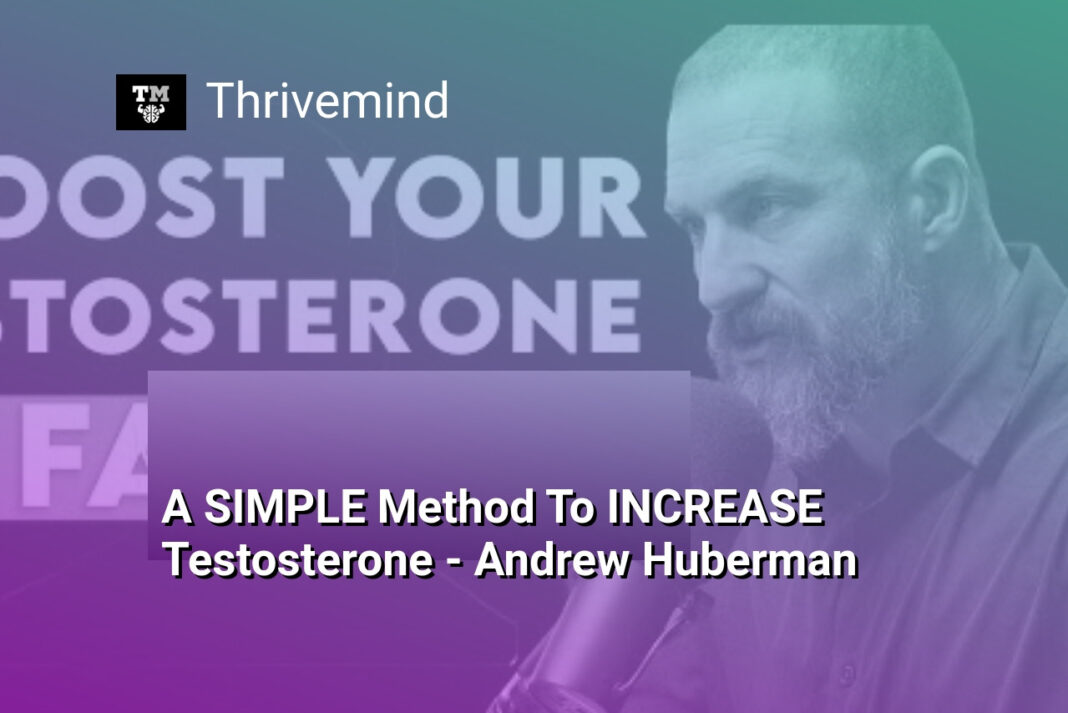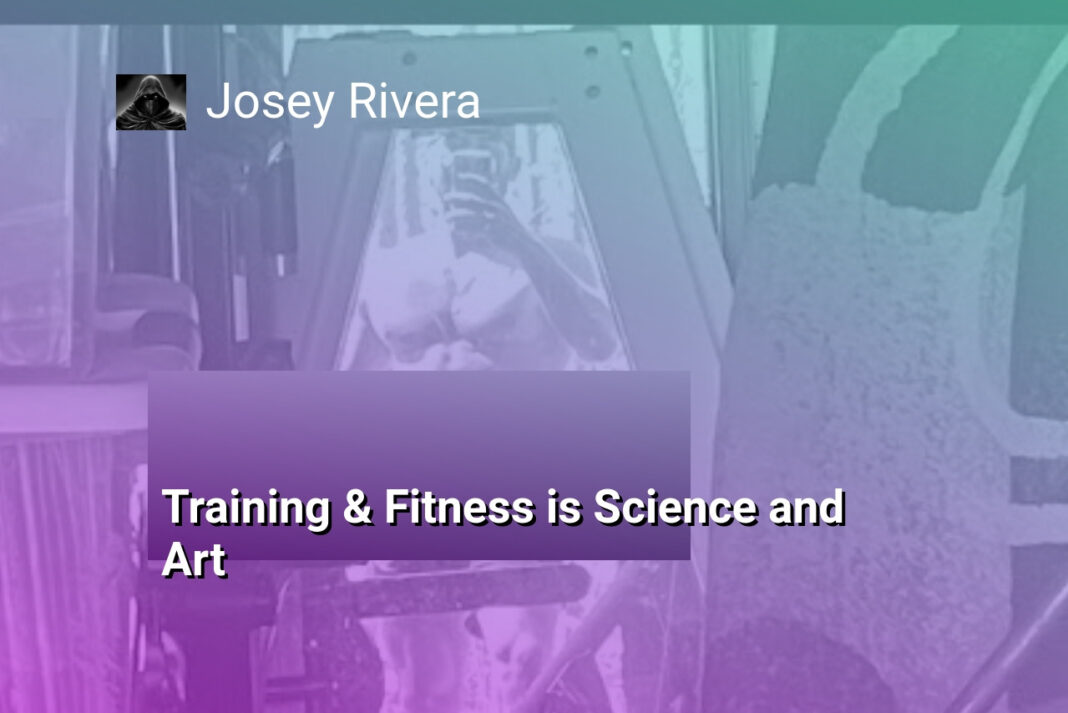The Bottom Line:
- In this podcast, I discuss the importance of having a strong, pain-free back and provide practical tips from leading experts to achieve this goal.
- I start by explaining the anatomy and physiology of the back, including the different regions of the spine, the discs, and the surrounding muscles and connective tissues.
- I then introduce three renowned experts – Dr. Shawn Miller, Dr. Stuart McGill, and Dr. Kelly Starrett – who have developed effective protocols for building a strong, resilient back without the need for any special equipment or extensive time investment.
- The key focus is on exercises and techniques that can help “pain-proof” the back, improve spinal stability and core strength, and ensure proper coordination between the different body parts involved in back function.
- By following the recommendations from these experts, listeners can learn how to maintain a healthy, pain-free back that allows them to perform daily activities, exercise, and engage in sports without any discomfort.
Back Anatomy and Physiology
The Spinal Column and Intervertebral Discs
The spinal column is a complex structure composed of 33 vertebrae, divided into five distinct regions: the cervical (neck), thoracic (upper back), lumbar (lower back), sacral, and coccygeal (tailbone) regions. These vertebrae are separated by intervertebral discs, which act as shock absorbers and allow for flexibility and movement of the spine.
The intervertebral discs are made up of a tough outer layer called the annulus fibrosus and a soft, gel-like inner core called the nucleus pulposus. These discs play a crucial role in cushioning the vertebrae, distributing weight, and facilitating the spine’s range of motion. However, they can also be a source of pain and dysfunction when they become damaged or degenerated.
Spinal Muscles and Ligaments
Surrounding the spinal column are a network of muscles and ligaments that work together to provide stability, support, and movement to the back. The spinal erector muscles, located along the length of the spine, are responsible for extending and rotating the spine. The abdominal muscles, including the rectus abdominis, transverse abdominis, and obliques, work in conjunction with the spinal erectors to maintain core stability and proper spinal alignment.
Additionally, the ligaments of the spine, such as the anterior and posterior longitudinal ligaments, the ligamentum flavum, and the interspinous and supraspinous ligaments, help to stabilize the vertebrae and limit excessive movement, preventing injury.
Nerve Innervation and Spinal Cord
The spinal cord, which runs through the center of the spinal column, is a critical component of the back’s anatomy. It contains the nerves that transmit signals between the brain and the rest of the body, including the muscles and sensory receptors in the back. Damage or compression of the spinal cord or the nerve roots that branch off from it can lead to pain, numbness, and other neurological symptoms.
Understanding the complex anatomy and physiology of the back is essential for developing effective strategies to maintain a strong, pain-free back. By recognizing the various structures and their interconnected roles, we can better target specific areas for strengthening and rehabilitation, ultimately improving overall back health and function.
The Neuromuscular and Spinal Components
The Neuromuscular and Spinal Components
The Intricate Interplay of Muscles and Spine
The back is not solely composed of bony structures; it is a complex system of muscles, tendons, and ligaments that work in harmony to provide stability, strength, and flexibility. The neuromuscular system plays a crucial role in the proper functioning of the back.
Spinal Stability and Disc Health
The spinal discs, located between the vertebrae, act as shock absorbers, allowing for smooth movement and flexibility. These discs are essential for maintaining spinal stability and preventing pain. Proper disc health is crucial for a strong, pain-free back. Understanding the interplay between the spinal components and the neuromuscular system is key to developing effective strategies for back strengthening and pain management.
The Core’s Pivotal Role
The core muscles, including the abdominals, obliques, and lower back muscles, work together to stabilize the spine and transfer force between the upper and lower body. Strengthening the core is paramount for building a resilient, pain-free back. By focusing on core stability and strength, individuals can enhance their overall back health and reduce the risk of injury or chronic pain.
By delving into the intricate neuromuscular and spinal components of the back, we can gain a deeper understanding of the mechanisms underlying back strength and pain. This knowledge will inform the science-backed strategies discussed in the following sections, empowering individuals to take proactive steps towards a strong, pain-free back.
Protocols from Expert Researchers and Practitioners
Strengthening Exercises and Techniques from Expert Researchers
The experts featured in this section have developed evidence-based protocols to help build a strong, pain-free back. These protocols focus on improving spinal stability, increasing core strength, and enhancing overall movement quality.
Strategies from Dr. Shawn Miller, MD
Dr. Shawn Miller, a medical doctor specializing in back strengthening and rehabilitation, recommends a series of exercises that target the key muscle groups supporting the spine. These include:
1. Deadlifts: Performed with proper form, deadlifts engage the posterior chain muscles, including the hamstrings, glutes, and spinal erectors, to build overall back strength.
2. Farmer’s Walks: Carrying heavy weights at your sides while walking engages the core, shoulders, and back muscles, improving grip strength and spinal stability.
3. Chin-ups and Pull-ups: These exercises strengthen the upper back, lats, and biceps, which are crucial for maintaining good posture and spinal alignment.
Dr. Miller emphasizes the importance of gradually progressing the difficulty of these exercises to avoid injury and ensure long-term back health.
Insights from Dr. Stuart McGill, PhD
Dr. Stuart McGill, a renowned PhD researcher in spine biomechanics, has developed a comprehensive approach to building a resilient back. His key recommendations include:
1. Bracing Exercises: Exercises like the McGill Curl-up and Side Plank help strengthen the core muscles, which act as a natural corset to support the spine.
2. Spine Hygiene Movements: Gentle movements like the Cat-Camel and Quadruped Rocking help maintain spinal mobility and reduce the risk of injury.
3. Posture Awareness: Cultivating an awareness of proper spinal alignment during daily activities, such as sitting and standing, can help prevent excessive loading on the back.
Dr. McGill’s research emphasizes the importance of tailoring exercise programs to individual needs and avoiding movements that may exacerbate existing back issues.
Techniques from Dr. Kelly Starrett, DPT
Dr. Kelly Starrett, a leading physical therapist and movement specialist, offers a holistic approach to building a strong, resilient back. His recommendations include:
1. Mobility Drills: Exercises like the Couch Stretch and Thoracic Spine Mobilizations help improve joint range of motion and reduce the risk of injury.
2. Activation Exercises: Activating key muscle groups, such as the glutes and scapular stabilizers, can enhance overall movement quality and spinal stability.
3. Integrated Movement Patterns: Practicing compound exercises that involve multiple joints and muscle groups, like the Overhead Squat, can help develop full-body strength and coordination.
Dr. Starrett emphasizes the importance of addressing any movement dysfunctions or imbalances to create a strong, pain-free foundation for the back.
By incorporating the protocols and techniques from these expert researchers and practitioners, individuals can take proactive steps to build a strong, resilient back and reduce the risk of pain and injury.
Building a Strong, Stable Core
Strengthening the Core Muscles
Building a strong, stable core is crucial for maintaining a pain-free back. The core muscles, including the abdominals, obliques, and lower back muscles, work together to support the spine and transfer force between the upper and lower body. By strengthening these muscles, you can improve posture, reduce the risk of injury, and enhance overall physical performance.
Engaging the Transverse Abdominis
One of the most important core muscles to target is the transverse abdominis (TA). The TA is a deep abdominal muscle that acts as a natural corset, stabilizing the spine and pelvis. To activate the TA, try the “bracing” technique: Imagine drawing your belly button in towards your spine, as if you’re preparing to be punched in the gut. Hold this contraction for several seconds, then release and repeat. Incorporate TA bracing into your daily activities, such as while sitting, standing, or performing exercises.
Incorporating Core-Strengthening Exercises
In addition to TA bracing, incorporate targeted core-strengthening exercises into your routine. Some effective exercises include planks, side planks, bird dogs, and dead bugs. Start with bodyweight exercises and gradually increase the difficulty by adding resistance or holding the positions for longer durations. Aim to train your core muscles at least two to three times per week, allowing for adequate rest and recovery between sessions.
Remember, building a strong, stable core is a gradual process. Be patient, consistent, and focus on proper form to ensure you’re targeting the right muscles and avoiding injury. By prioritizing core strength, you’ll lay the foundation for a pain-free, resilient back.
Optimizing Posture and Movement Patterns
Enhancing Postural Awareness and Stability
Maintaining proper posture is crucial for a strong, pain-free back. Developing an acute awareness of your body’s alignment and movement patterns can help you identify and address any imbalances or inefficiencies. Start by regularly checking in with your posture throughout the day, ensuring your shoulders are back, your chin is slightly tucked, and your spine is in a neutral position. Incorporate exercises that challenge your proprioception, such as single-leg balancing or exercises on unstable surfaces, to improve your body’s ability to sense and control its position in space.
Optimizing Movement Mechanics
The way you move can have a significant impact on your back health. Analyze your movement patterns during everyday activities, such as bending, lifting, or reaching, and look for areas of improvement. Ensure that your movements are initiated from your core, with your spine maintaining a neutral position. Avoid excessive spinal flexion or rotation, which can place undue stress on the back. Practice movements that promote spinal stability, such as the hip hinge, and incorporate them into your daily routine.
Strengthening the Core and Posterior Chain
A strong, well-functioning core is essential for a pain-free back. Incorporate exercises that target the deep stabilizing muscles of the abdomen, such as planks, dead bugs, and bird dogs. Additionally, focus on strengthening the posterior chain, which includes the muscles of the back, glutes, and hamstrings. Exercises like deadlifts, rows, and hip thrusts can help build a robust posterior chain, improving overall spinal stability and reducing the risk of back pain.
By implementing these strategies to optimize your posture, movement patterns, and core/posterior chain strength, you can take significant steps towards unlocking a strong, pain-free back. Remember, consistency and patience are key, as developing these habits takes time and dedication. Regularly assess your progress and make adjustments as needed to ensure you continue to see improvements in your back health.





